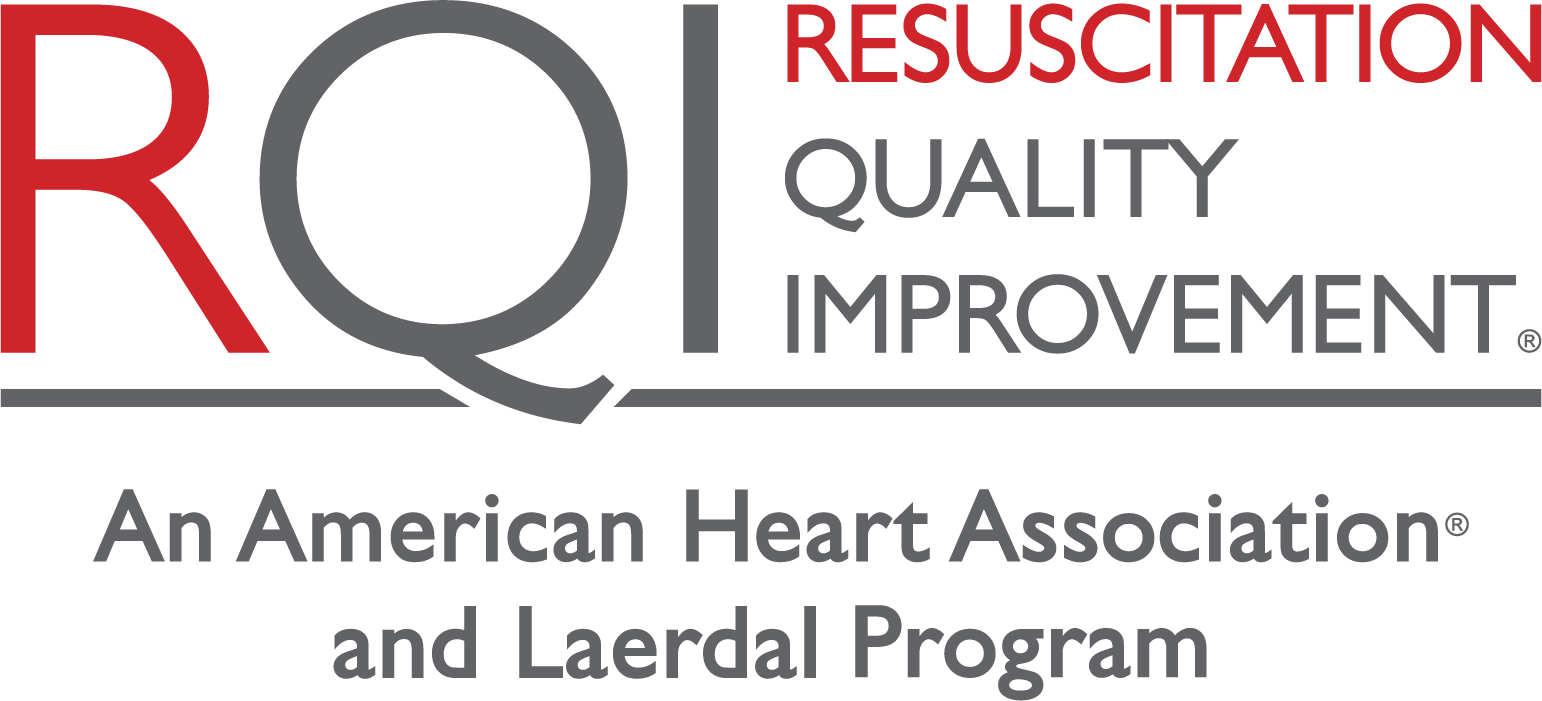Traditional Resuscitation Training
The 2-year “certification” or traditional CPR card is used to meet a requirement established by a hospital or governing body. Most often, this schedule of training requires the learner to participate in a 1-2 day massed practice session and passing a test to obtain a course completion card every two years. This format is effective for short-term learning versus long-term retention.1 The card documents only that the holder met the requirements to receive that card (passed) on the date it was issued. Obtaining the card allows the holder to be compliant with the requirement but does not reflect their ability and confidence to perform past that date.
Research has established that students have a significant decay of resuscitation knowledge and skill, ranging from 10 weeks to 6 months following conventional training.2-3 Thus, the existing two-year educational regimen can fall short of competency shortly after receiving training.
Increasing the frequency of training may improve efficacy, protect against skills deterioration, enhance performance during patient care, and improve patient outcomes (Cheng et al, 2018).
Resuscitation Quality Improvement (RQI)®
The 2015 Guidelines Update for CPR and ECC states that two-year retraining cycles are not optimal and that more frequent training may be helpful. This paradigm shift of the frequency of training influenced the design of the RQI model to create a new standard of care.
Given the recommendations outlined in the AHA Scientific Statement on Resuscitation Education Science in 2018, the RQI program demonstrates instructional design enhancements that can improve educational outcomes, patient outcomes and survival after cardiac arrest.1 These elements include mastery learning and deliberate practice; low-dose, high-frequency of spaced learning and practice; contextual learning; feedback and debriefing; and assessment. RQI learners participate in a quality improvement model that verifies competence and ensures retention over longer periods of time. Resuscitation knowledge and skills practice are delivered in a chunked, low-dose format that are repeated every quarter with real-time and targeted feedback. Prior to entering RQI, learners are provided a diagnostic entry point to provide a foundation of knowledge and skill for opportunities of quarterly recall that lead to a deeper processing in long-term memory. Learners are then continually evaluated on their knowledge and performance of resuscitation quality with the integration of high-fidelity manikins with data-driven feedback and debriefing based on a passing standard required to maintain eCredential every quarter.
References
- Cheng A, Nadkarni VM, Mancini MB, et al. Resuscitation education science: educational strategies to improve outcomes from cardiac arrest. Circulation. 2018; 138:00-00. Doi: 10.1161/CIR.0000000000000583
- Madden C. Undergraduate nursing students’ acquisition and retention of CPR knowledge and skills. Nurse Education Today. 2006; 26: 218-227. Doi 10.1016/j.nedt.2005.10.003
- Sutton RM, et al. “Putting It All Together” to Improve Resuscitation Quality. Emerg Med Clin N Am. 2012; 30(1): 105–122. Doi: 10.1016/j.emc.2011.09.001.
